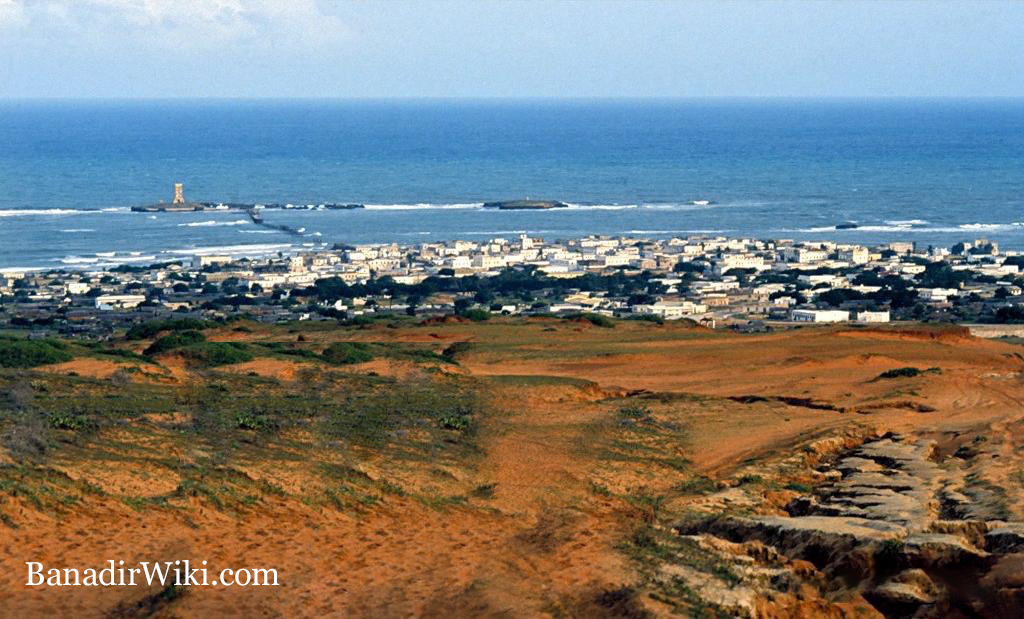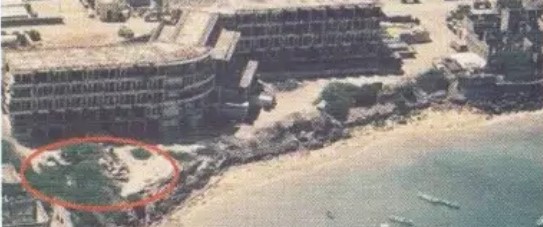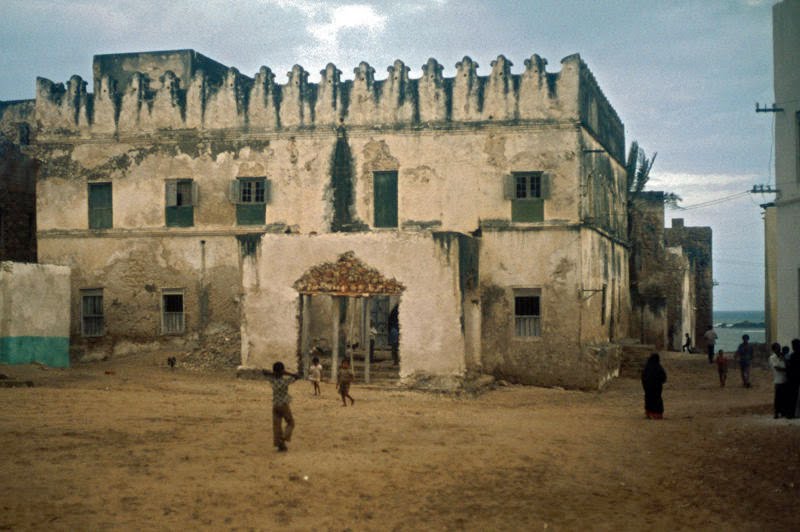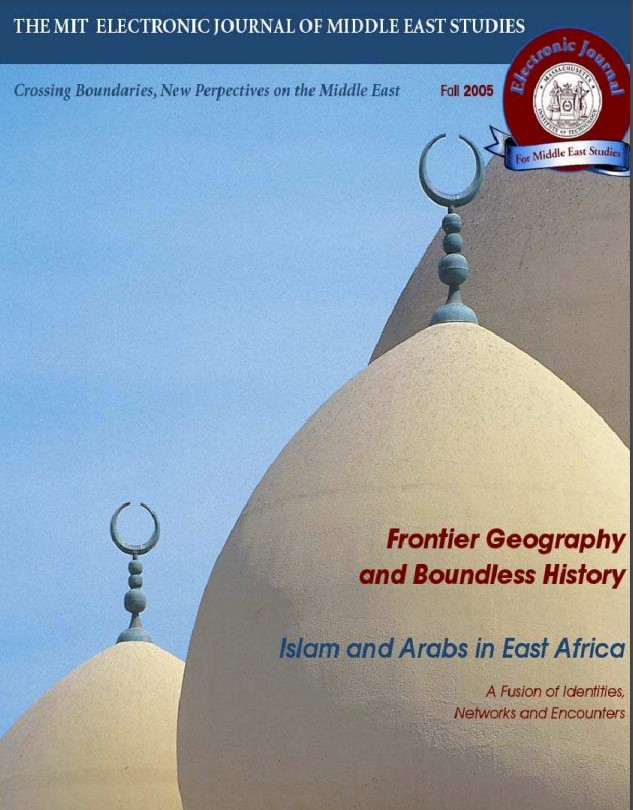Bravanese People are known for their passiveness and apolitical approach in current affairs, their commitment in teaching and serving the religion influenced their social interaction as a people, in hindsight because of this, there are no known cases of clan fighting, tribalism, wars, or corruption, as opposed to other regions in Somalia. One factor that helped keep the peace in Barawa was the internal judicial civil courts in the city from around the mid 1800’s to 1930’s. This was also known as Shariah Courts, Barawa had courts that mediated between any clan disputes, inheritance, trade dealings, land ownership and so on. Any civil disputes between people were taken to the courts where a judge would give a verdict. With the high diversity of clans and ethnicities in the city, the courts helped shift balance and lowered the chances of any violence taking place, as such disputes were always a means to fuel violence between many clans. For further information about the courts in Barawa then read the book compiled by Mohammed M. Kassim and Alessandra Vianello titled “Servants of the Sharia – The Civil Register of the Qadis Court of Barawa”.
As stated earlier, Barawa’s passiveness and apolitical approach in current affairs helped maintain peace amongst themselves. This however has had its downside on the city, being apolitical would mean there would be little to no representation for the Bravanese people in the political spectrum. Laws or decisions can be made with little to no representatives speaking on behalf of it’s community. Barawa has had its fair share of politicians, such as the late Buri Mohamed Hamza (1945-2016), but some lacked the support they needed to fully represent its community.
1990 Civil War
The 1990 Civil War of Somalia had a devastating effect on the country, it crippled its economy and led the country to be stateless up until 2006, many cities were affected, and millions of Somalis became displaced. Amongst those who were affected the most are the ethnic minorities, those clans and ethnic groups who have no affiliation or protection with any major clans, nor are able to defend themselves. Militia groups were able to easily loot their properties and murder them without any backlash or retaliation.
Bravanese people were amongst the cities who were affected during the 1990 Civil War, this was in fact supported by former prime minister of Somalia Abdirazak Haji Hussein, in a telephone interview with a UK based researcher, he explained that the Bravanese people, “in particular have suffered large scale violence and discrimination, expropriation of their assets, and other serious human rights violations in the hands of Somali clans in the recent civil wars” (Mohamoud Feb. 2012, 47). (Refworld, 2012)
Even though they did not participate in the war itself, nor did they have any clan affiliation or political stance in the civil war, they were still targeted by a faction of militiamen, most being led by the war lord and criminal rebel leader Mohamed Farah Aideed. Aideed was the leader of the renowned United Somali Congress (USC) rebel organisation. His men who were majority Habar Gidir of the Hawiye Clan terrorised the city and got it down to its knees.
There are horrific accounts narrated by Bravanese locals who suffered during the civil war in Somalia, who witnessed mass rapes, massacres and looting. As described by witnesses, the nights in Barawa were filled by the cries and screams of women being tortured and raped. One awful case that was told were how militia men would kidnap women and rape them inside the mosques, the mosques at that time were used by somali militia men as a place for hiding, resting, and taking cover, due to its large space. Another witness report which was known and spread by many of the locals and clan members was the kidnapping of over 150 girls, the girls were rumoured to be of the Shanshiya clan, a major Reer Xamar/Banaadiri clan found in Mogadishu, Marka and Barawa. These girls were said to be taken and never returned back to their families. The authenticity, detail and how statistically accurate these reports may conceivably be dubious, this is due to the fact that none of these cases or incidents were actually publicly reported. The lack of photographic evidence, media outlets on the ground at that time, and little to no access to communication meant that many cases went unreported due to the unprecedented times and circumstances of the civil war. Therefore, some sources are only relied upon by those who lived in the atrocity.
References:
2012. Refworld | Somalia: The Bravanese (Barawan) Ethnic Group, Including The Location Of Their Traditional Homeland, Affiliated Clans And Risks They Face From Other Clans. [online] Refworld. Available at: https://www.refworld.org/docid/51e4f9aa4.html> [Accessed 8 December 2020].










